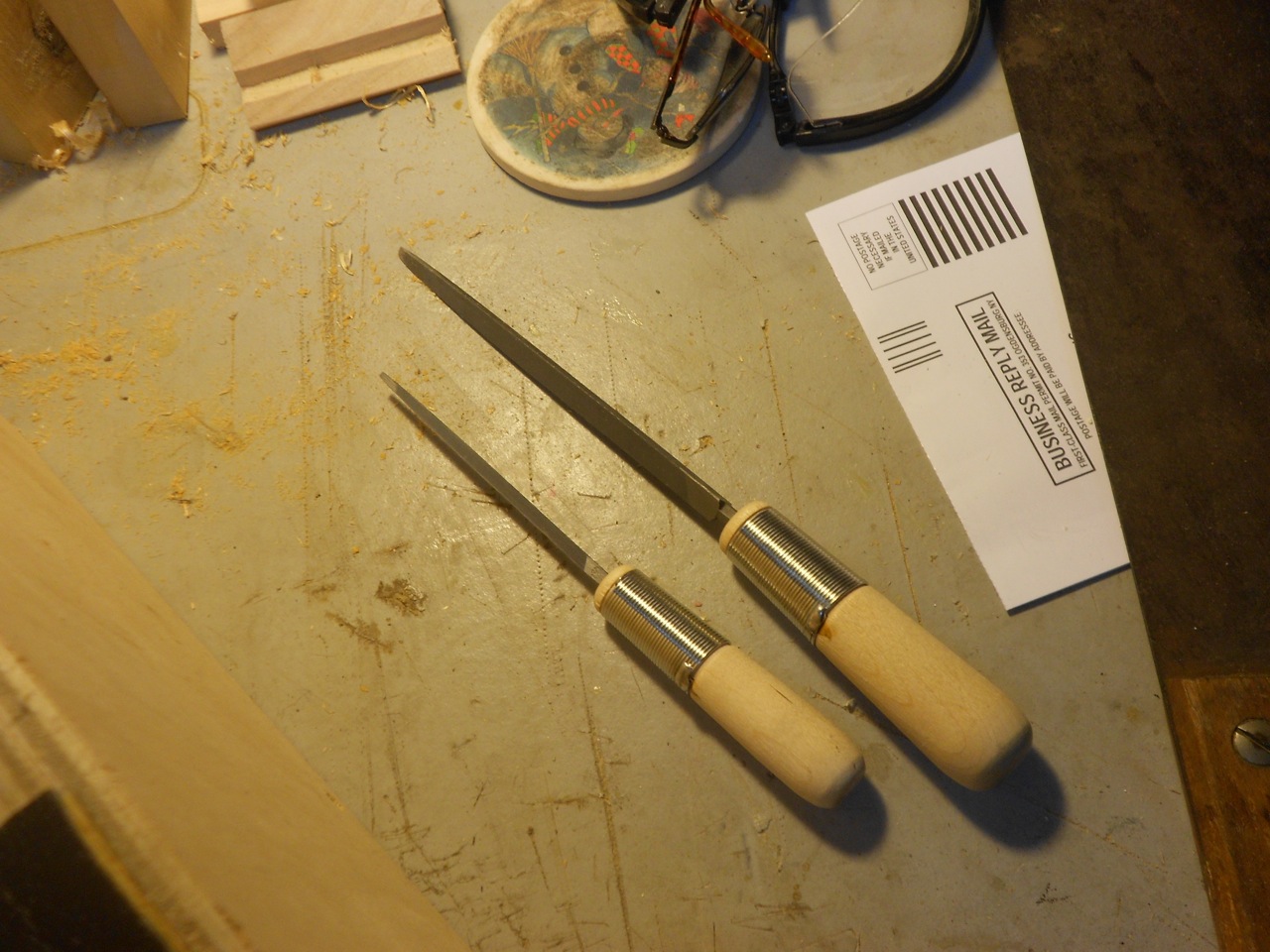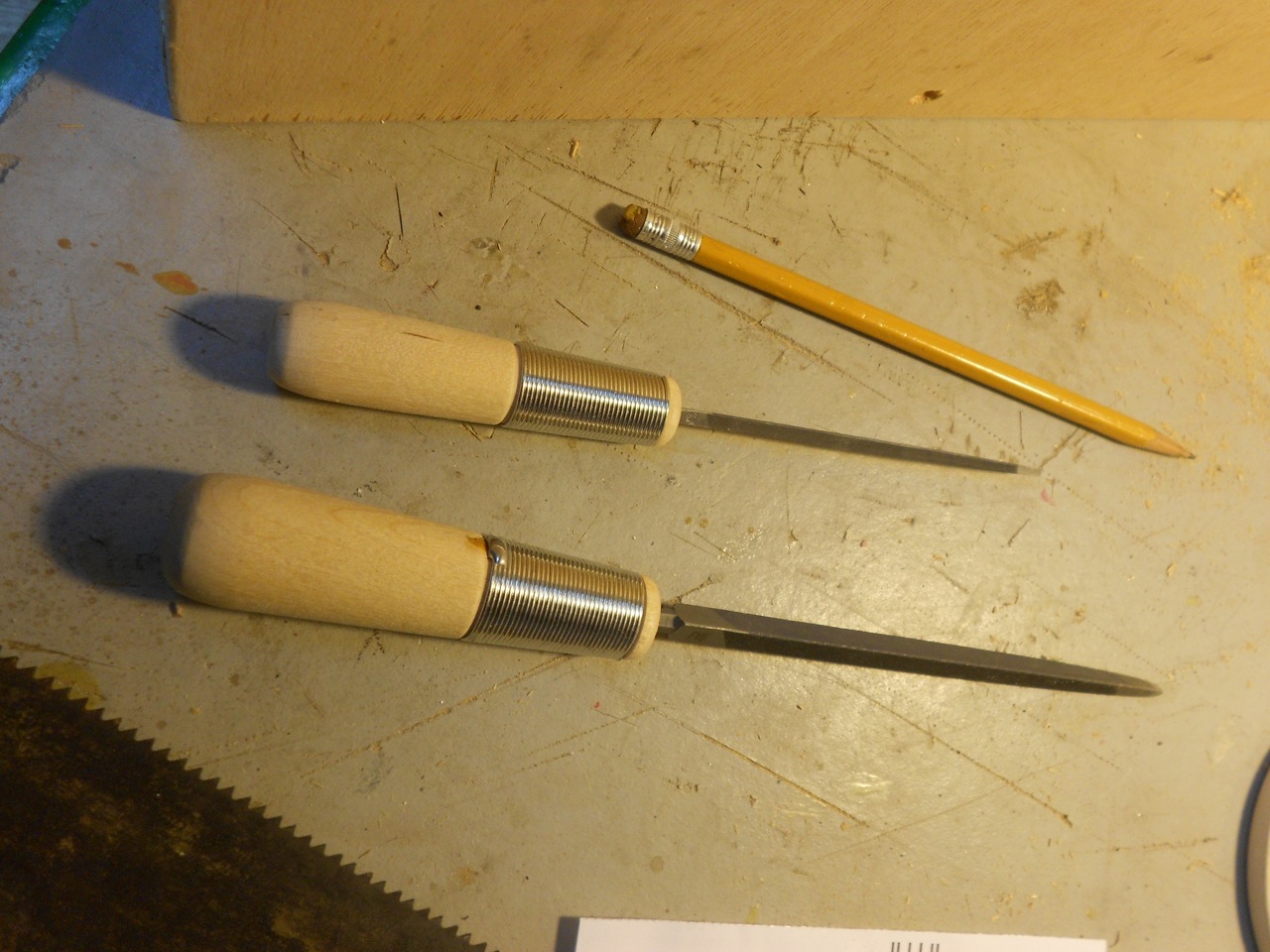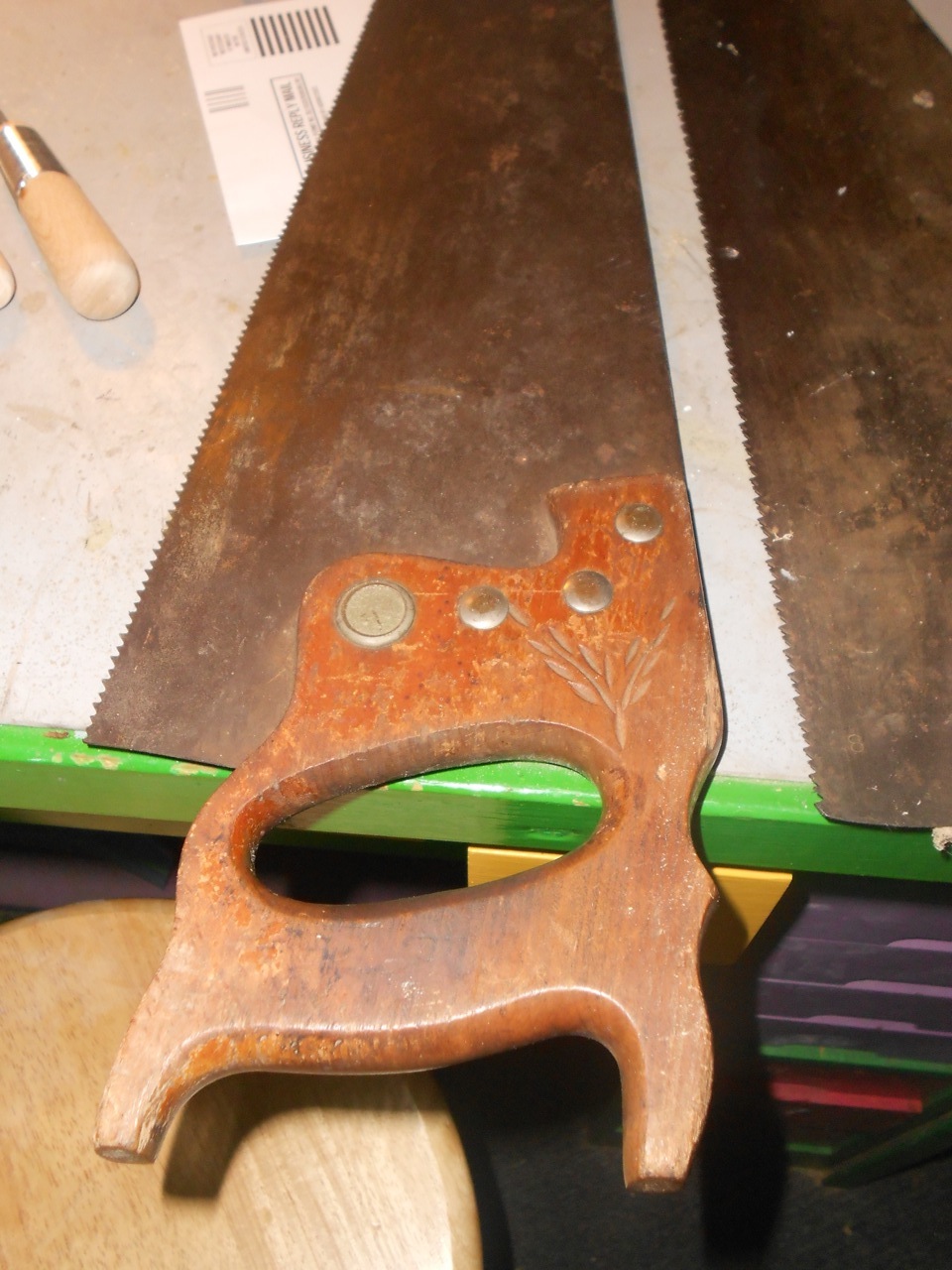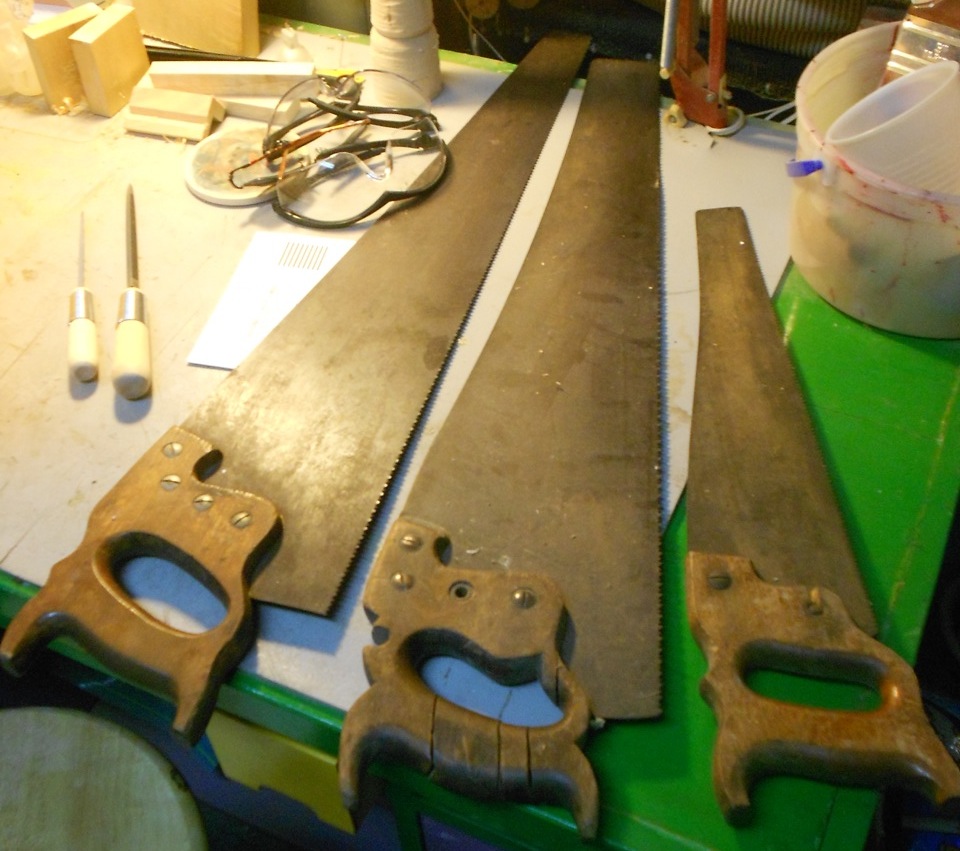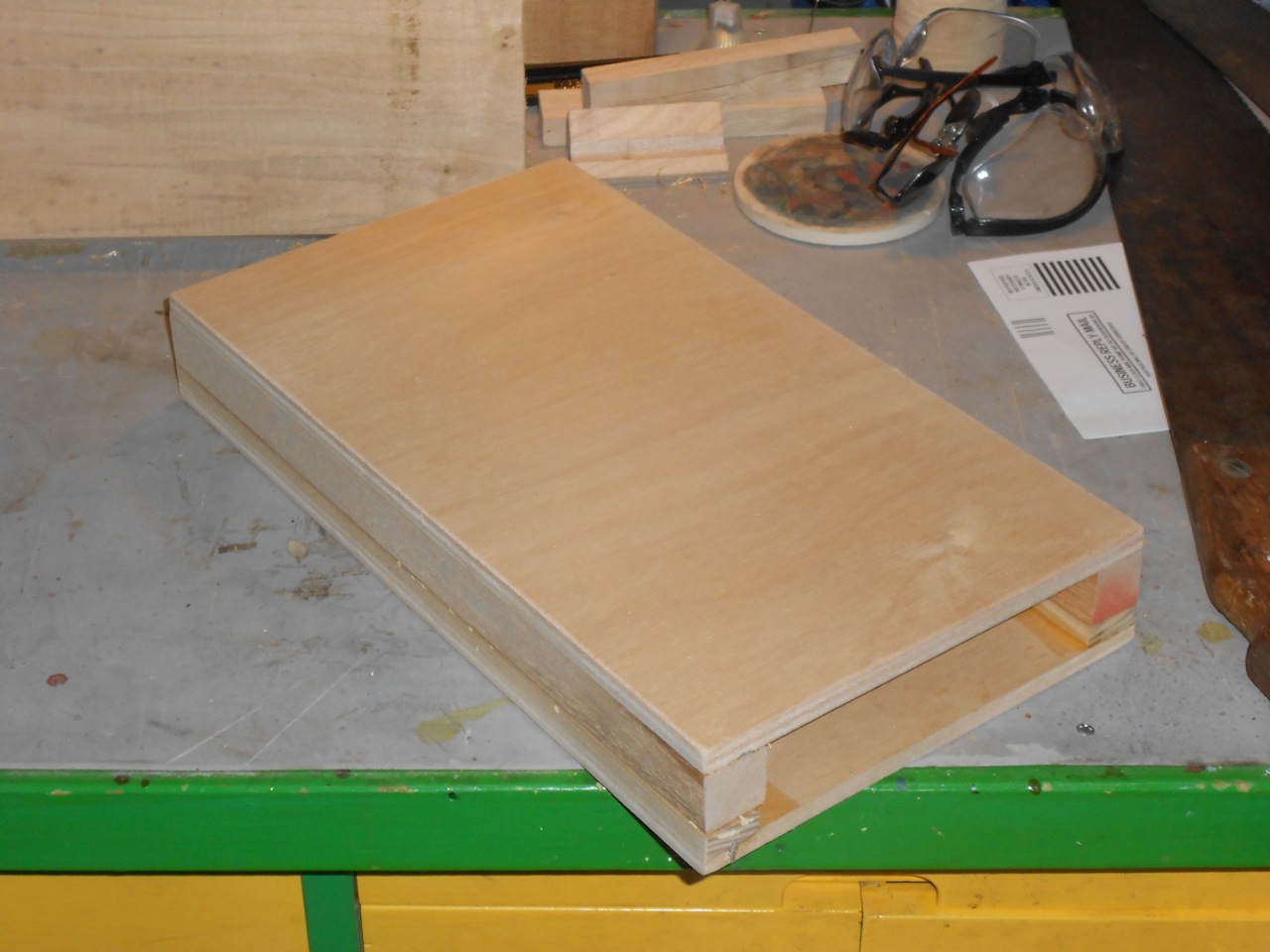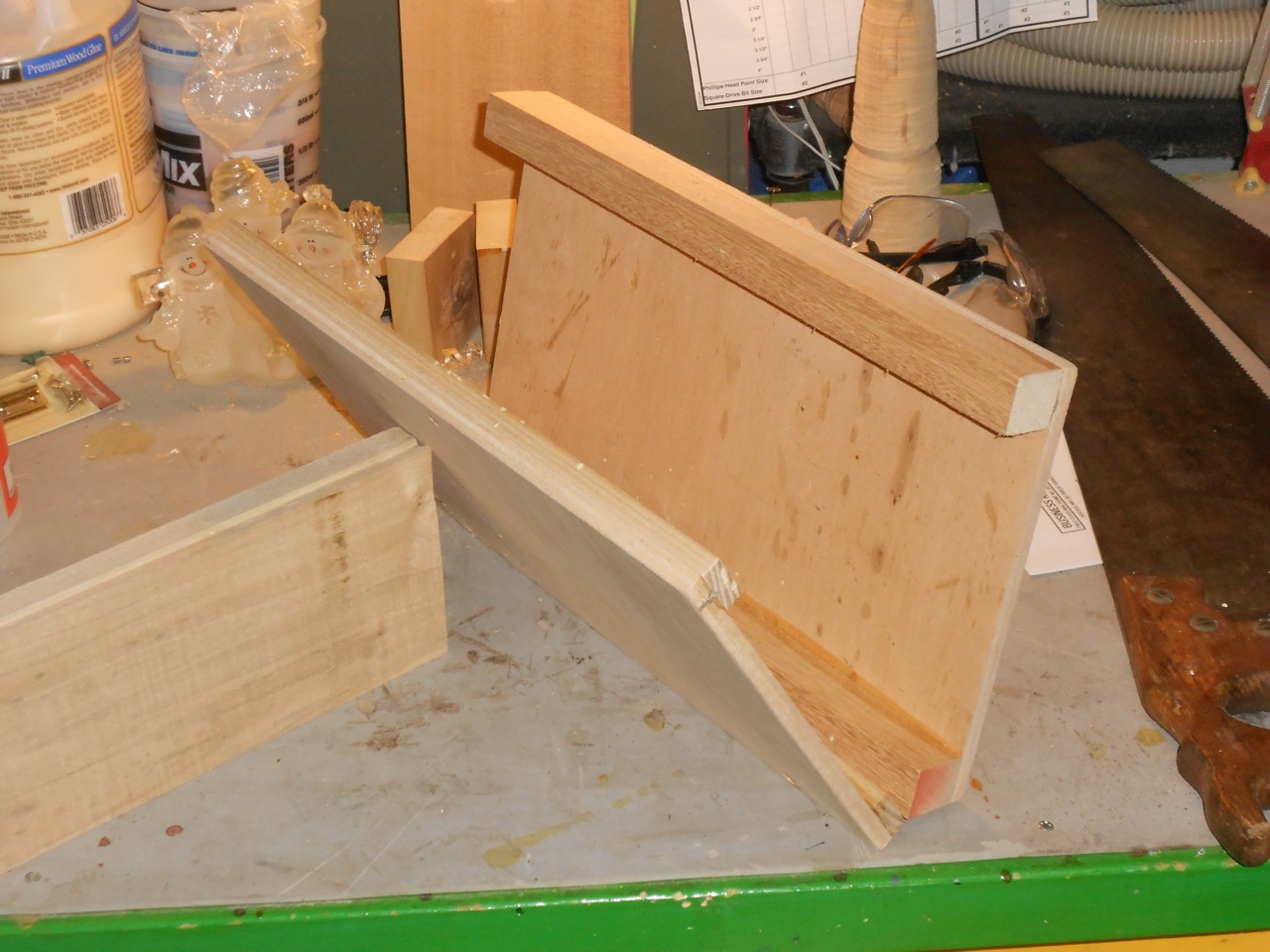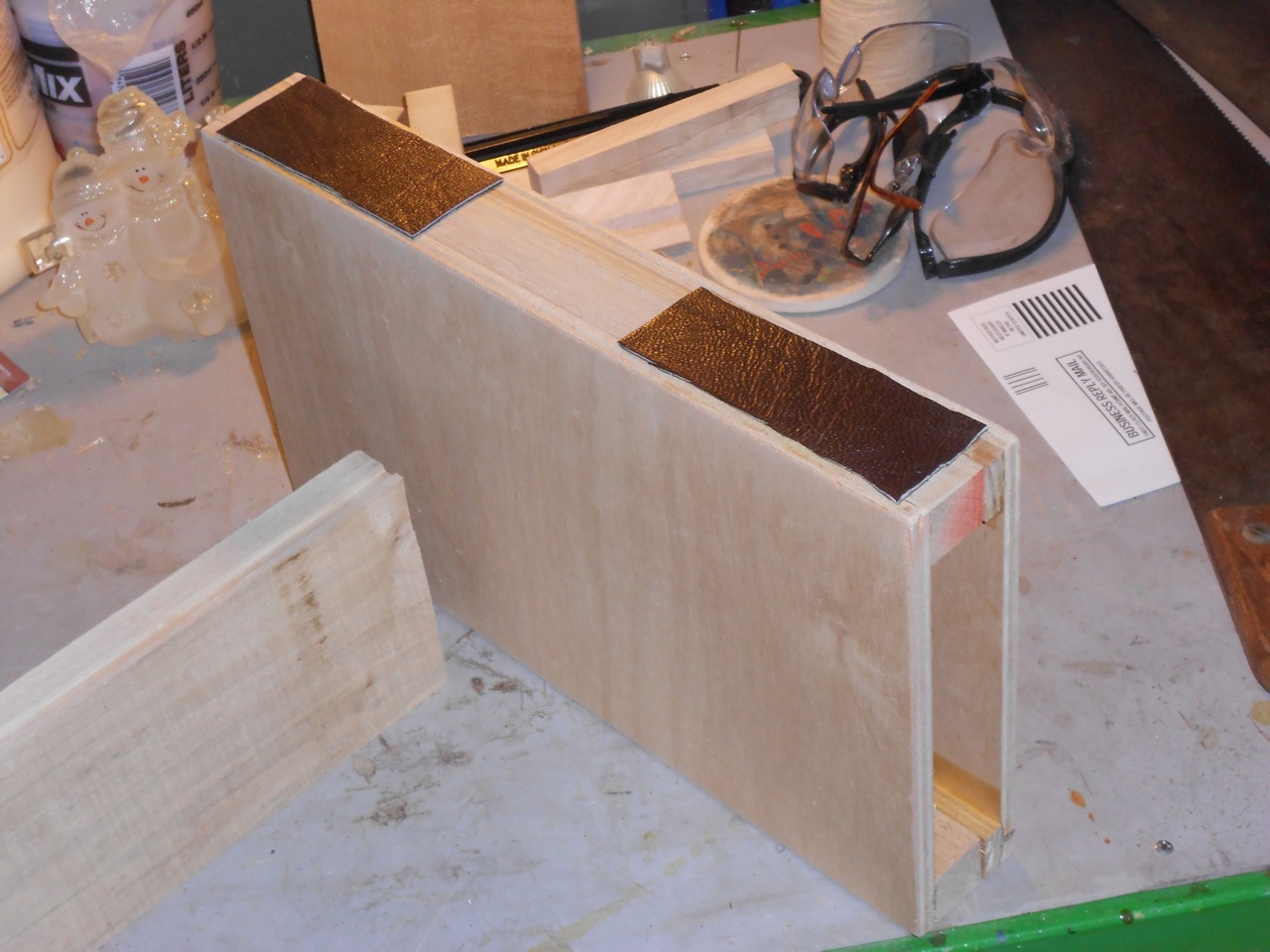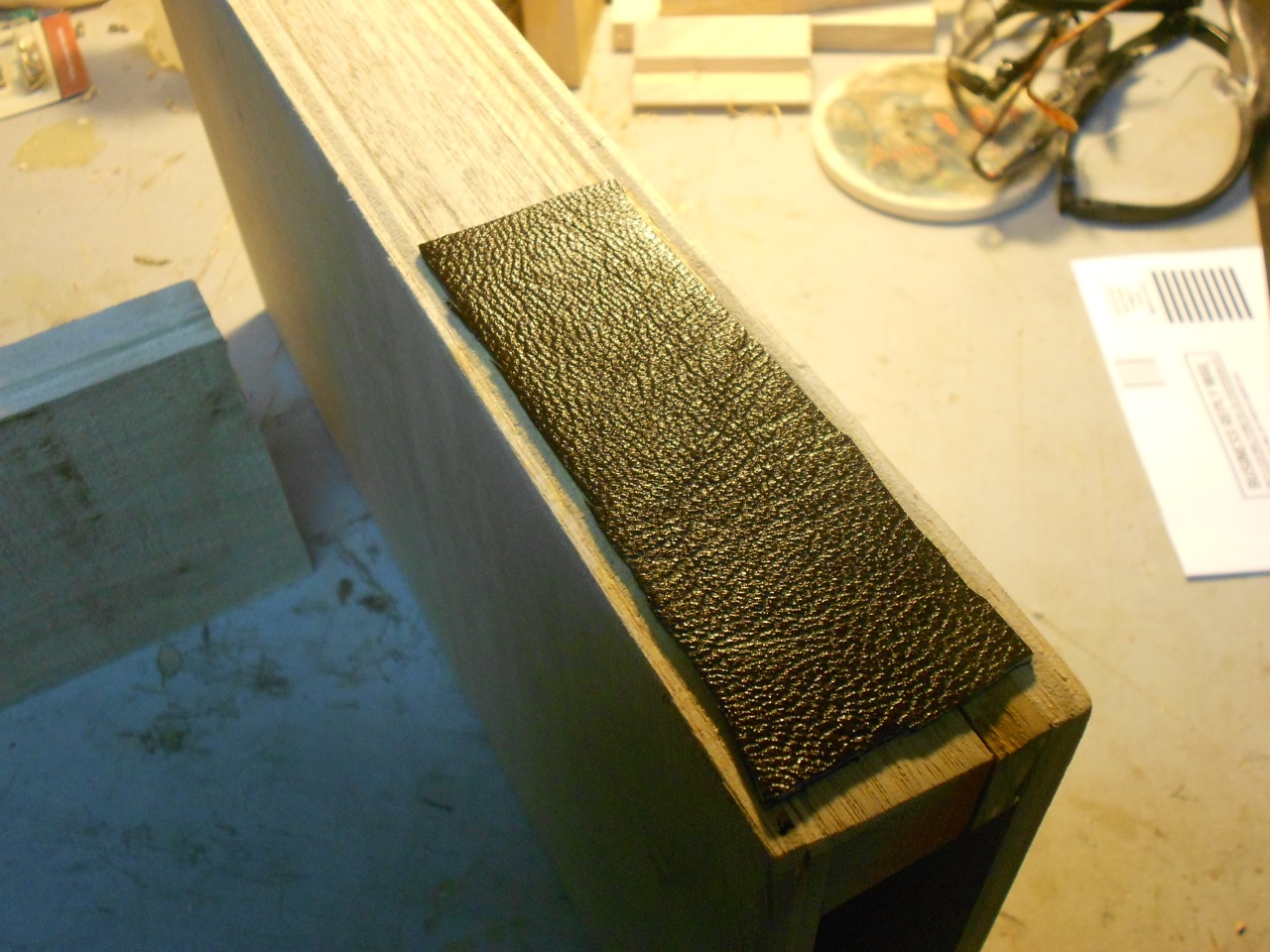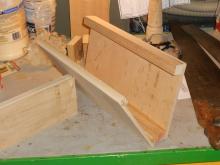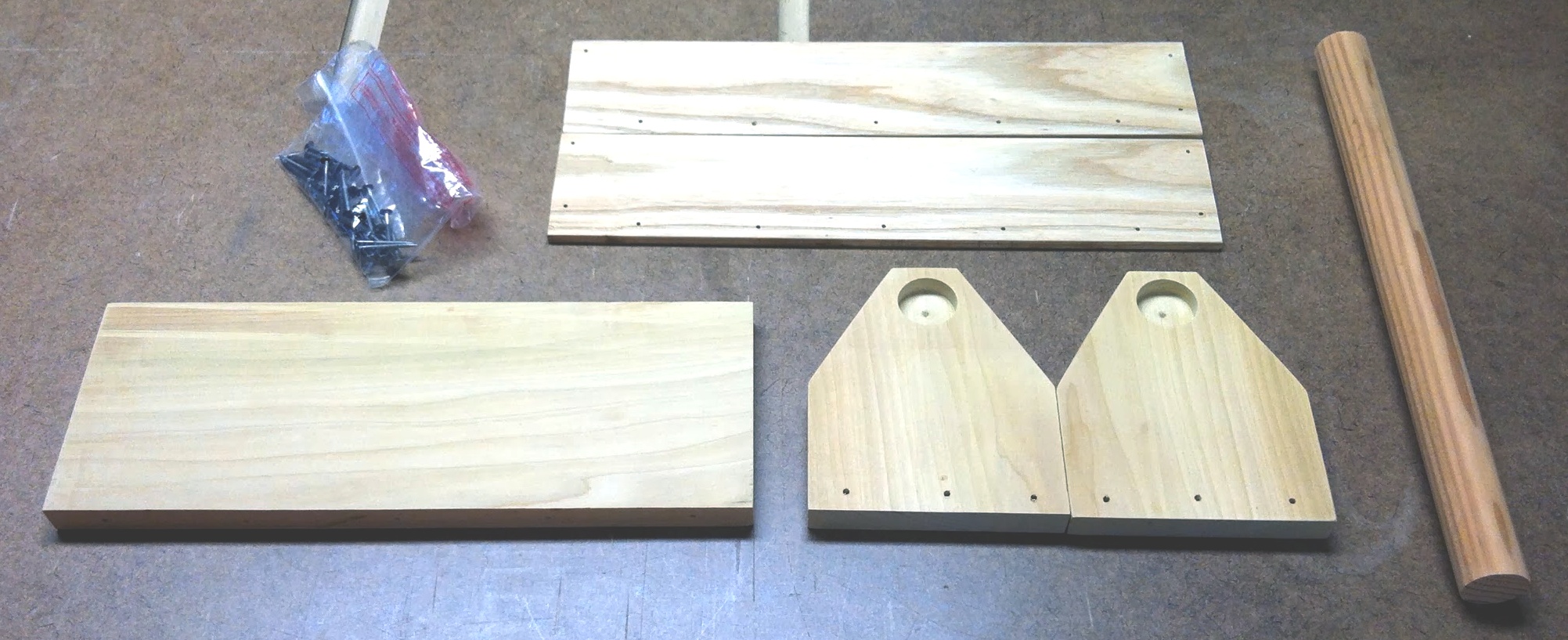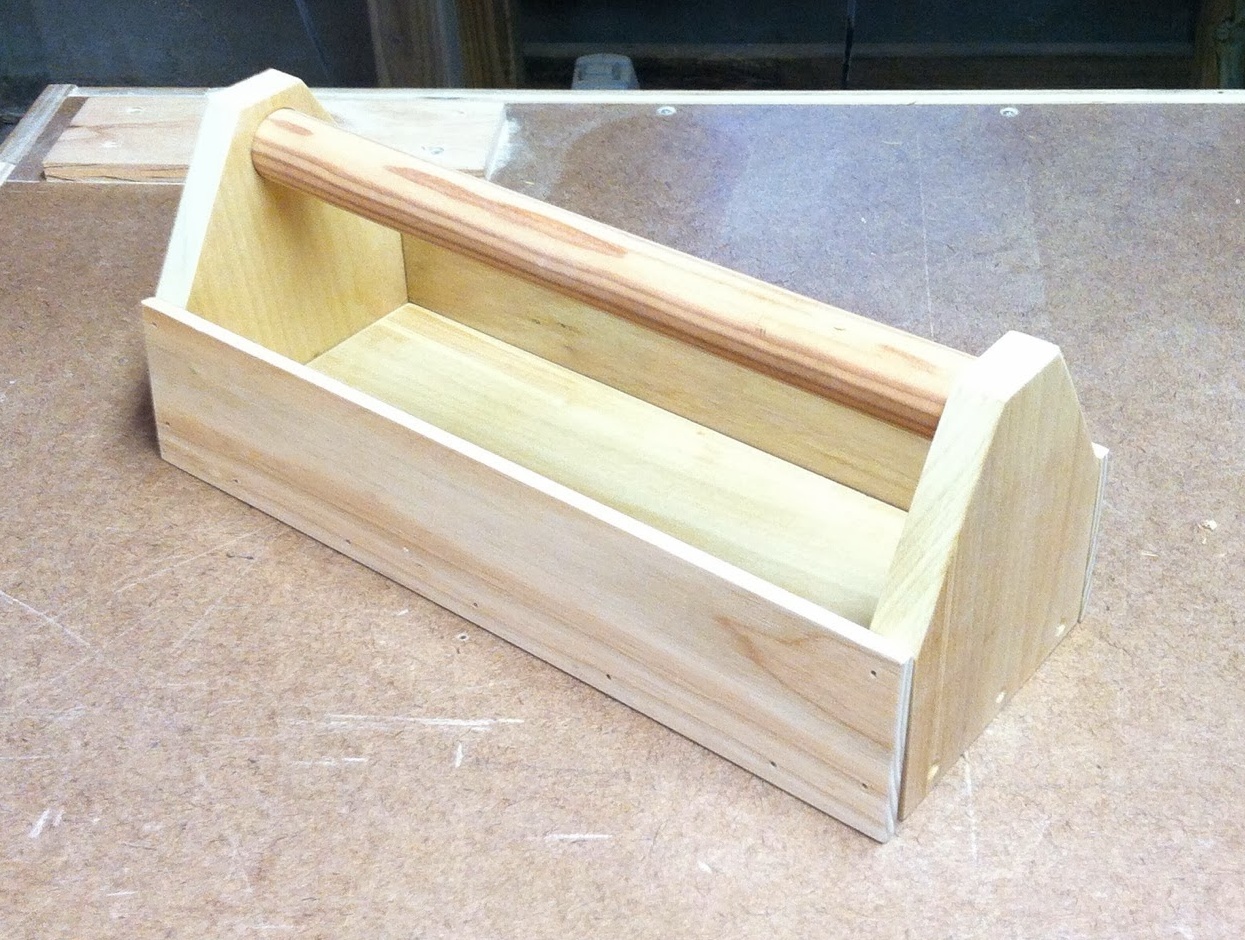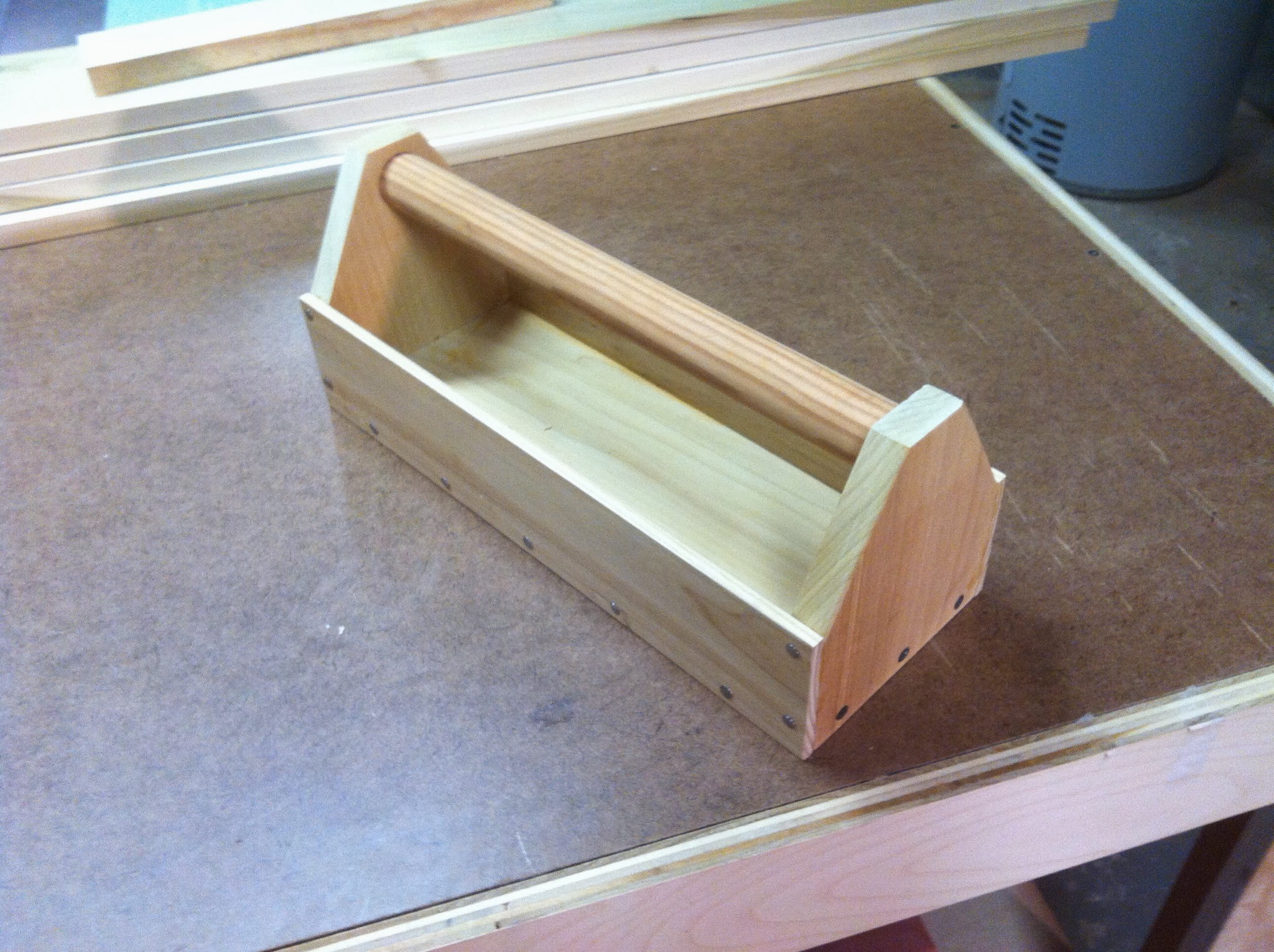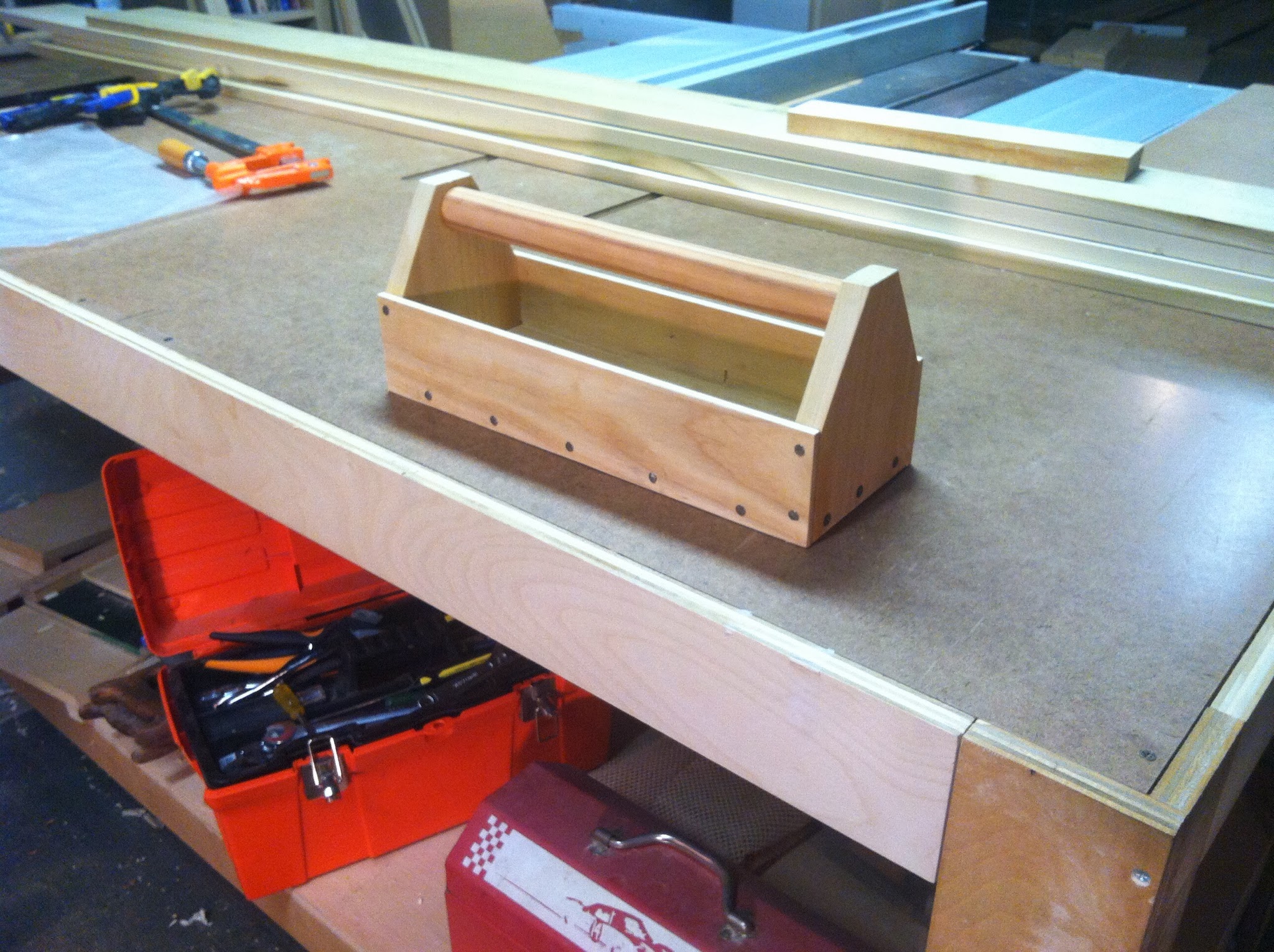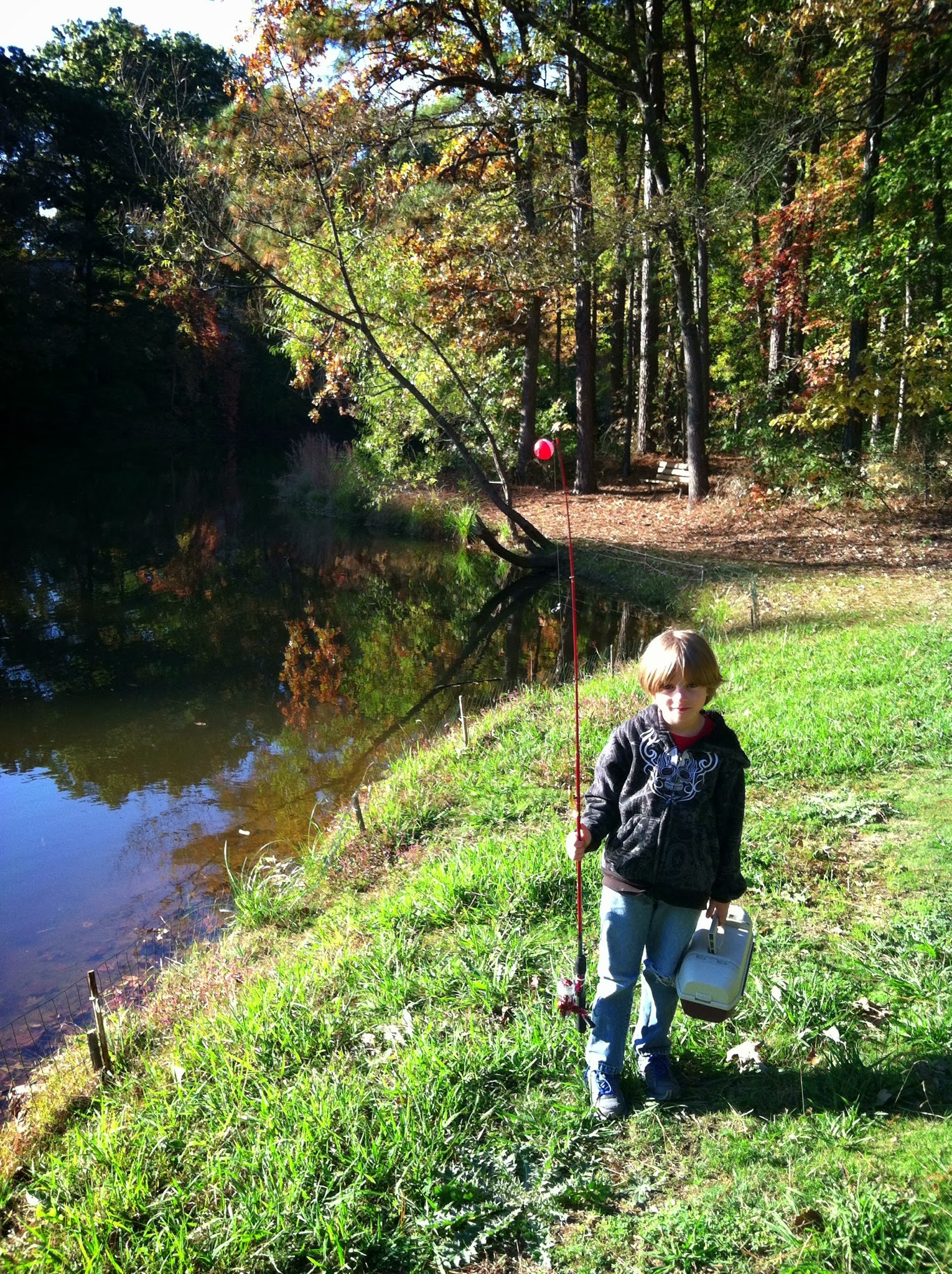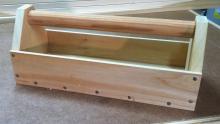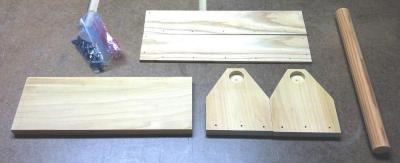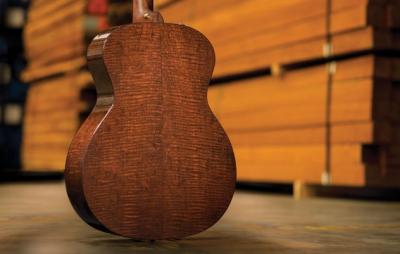Cutting the tails for jewelry cabinet drawers
I decided to do dovetailed drawers rather than the simple rabbeted sides I had originally planned, mostly because of how well the sides and feet of this project turned out. Basically, if I had completed things in my normal crappy manner, I would have said 'screw it' by this point and opted for the simple solution.
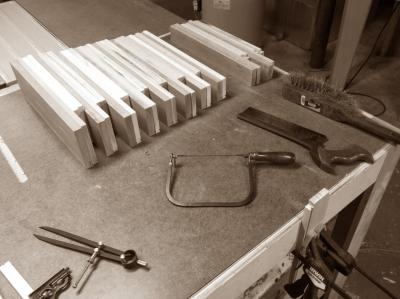 That said, I have not truly cut dovetails for almost a year. That's the key down side of being an amateur woodworker. The real skills for handwork take practice, and a hobbyist often doesn't get much. However, even given that fact, I've done enough of them over the past 3 years that I'm hoping these won't turn out horribly. (I set a high bar for myself, no?)
That said, I have not truly cut dovetails for almost a year. That's the key down side of being an amateur woodworker. The real skills for handwork take practice, and a hobbyist often doesn't get much. However, even given that fact, I've done enough of them over the past 3 years that I'm hoping these won't turn out horribly. (I set a high bar for myself, no?)
So I've gotten the extra poplar to make the drawer sides and backs, and the 1/4" plywood to make the bottoms, and I've thicknessed all of the drawer parts. And I opted to cut the slots for the drawer bottoms now, rather than after the side joinery is cut. I'm building these sort of the same way I've done simple boxes, and I dont' see a reason not to do that now.
Now it's time to cut the dovetails. I use what I think of as the Gochnour method, only because watching his videos on the FineWoodworking website is how I learned it. I could just as well call it the Klaus method or the Becksvoort method. I start by laying the tails out on the drawer sides using a combination square and a bevel. I tried out a dedicated dovetail angle marker from Veritas a couple years ago and liked them so much that I ended up getting all three, the saddle square, the 1:6 ratio, and the 1:8 ratio ones. For these, I'm using the less agressive 1:6 angles.
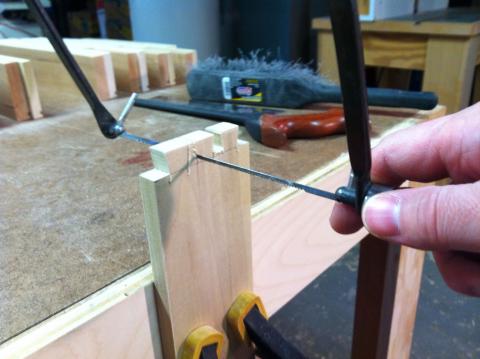

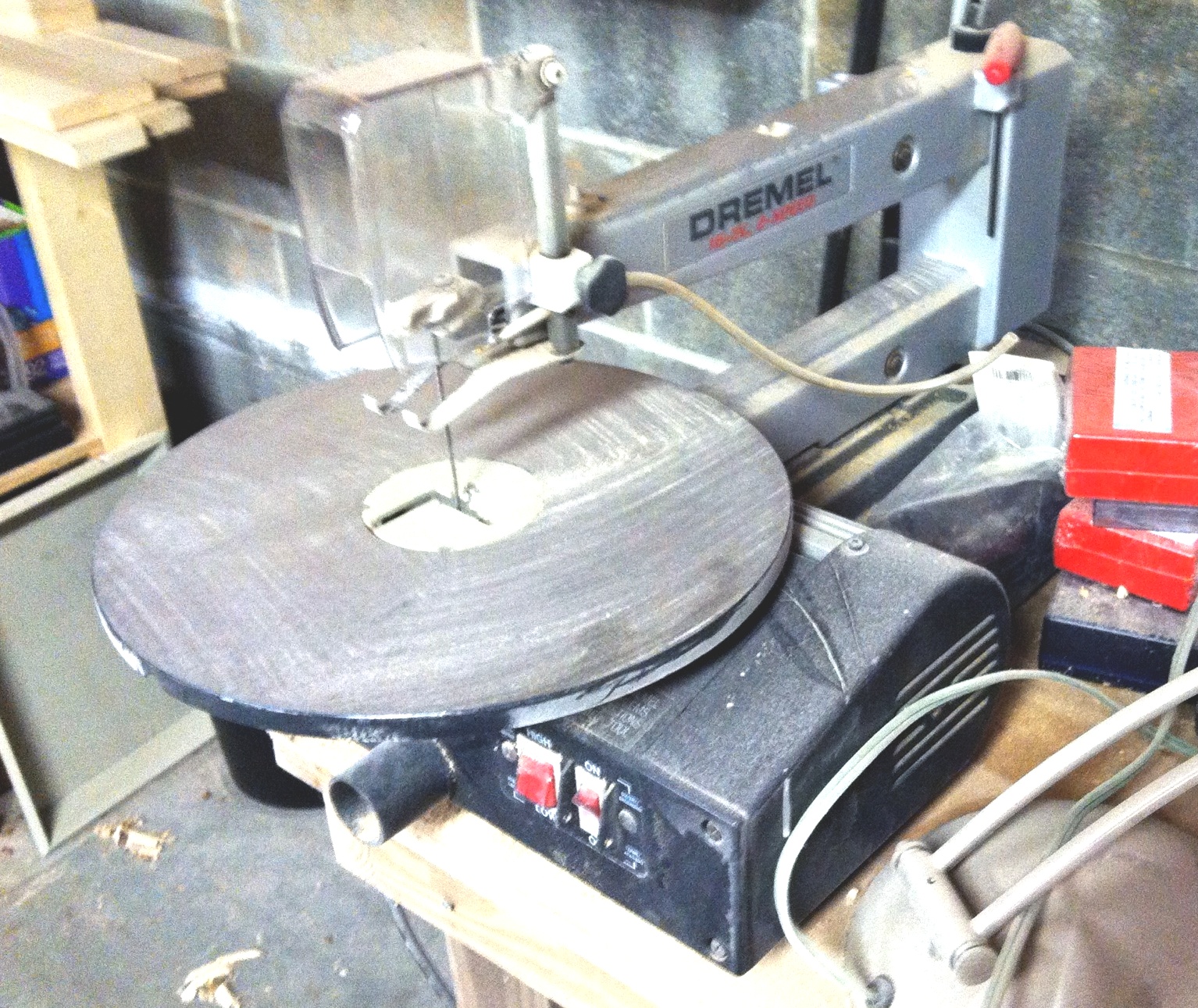
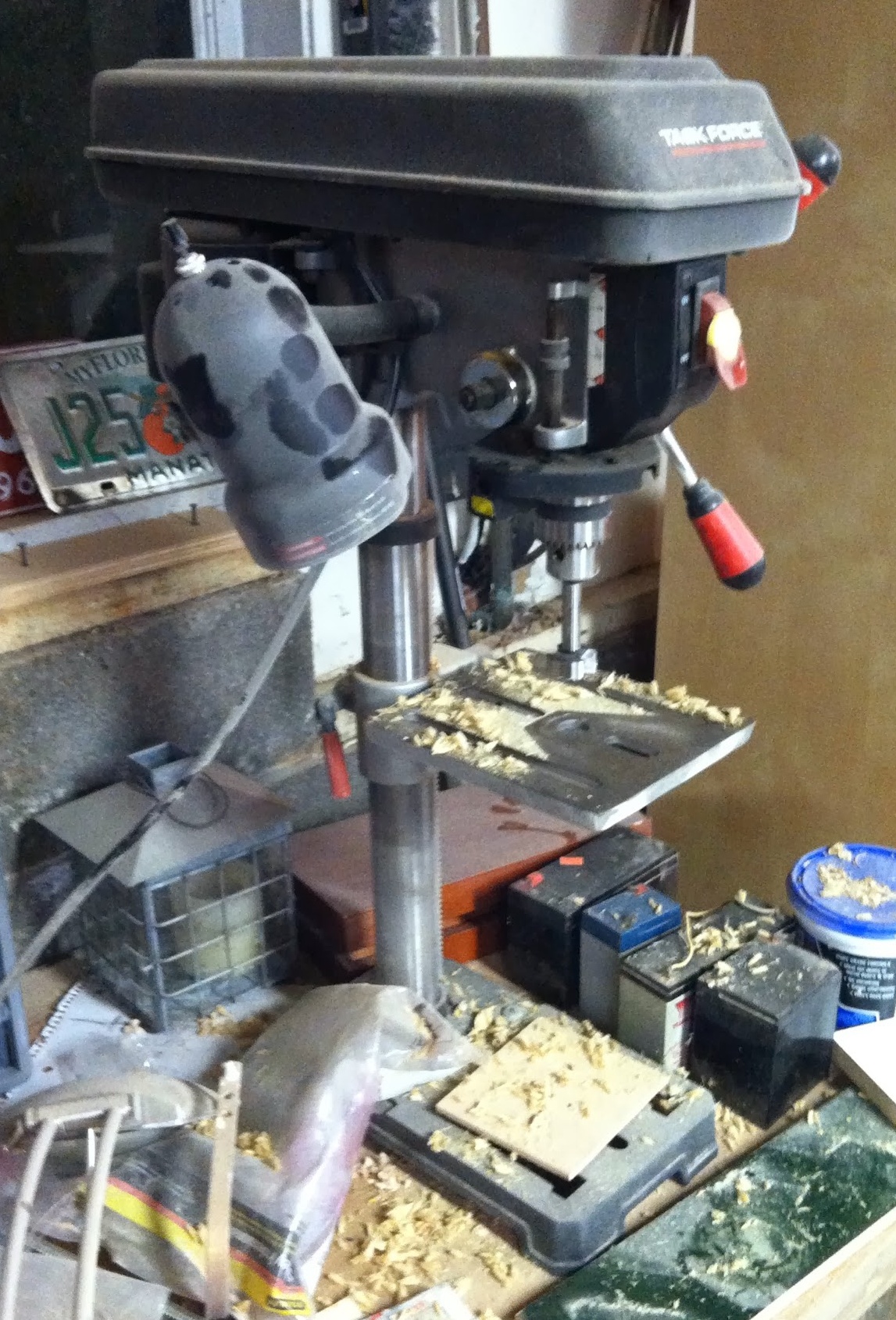

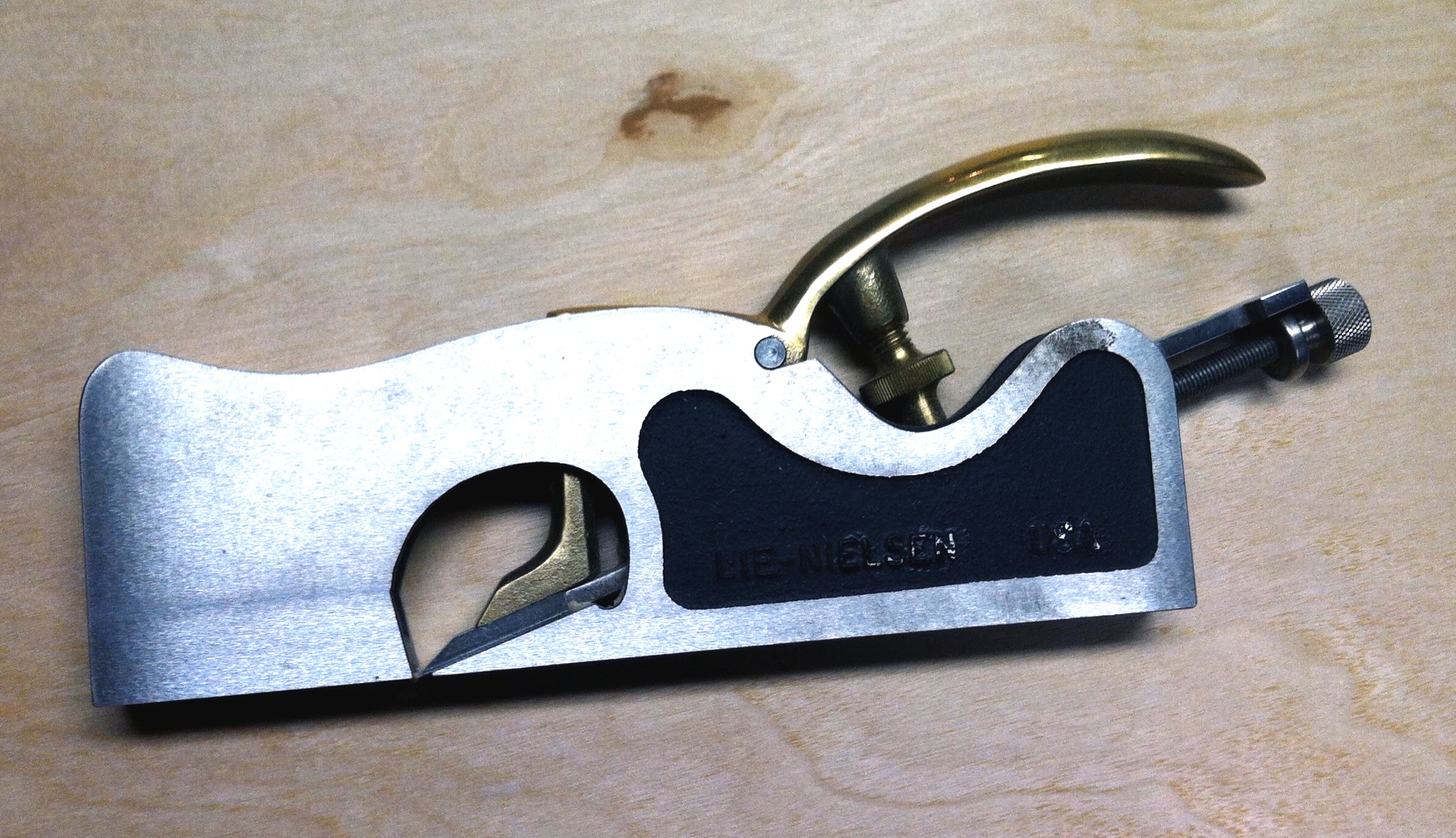

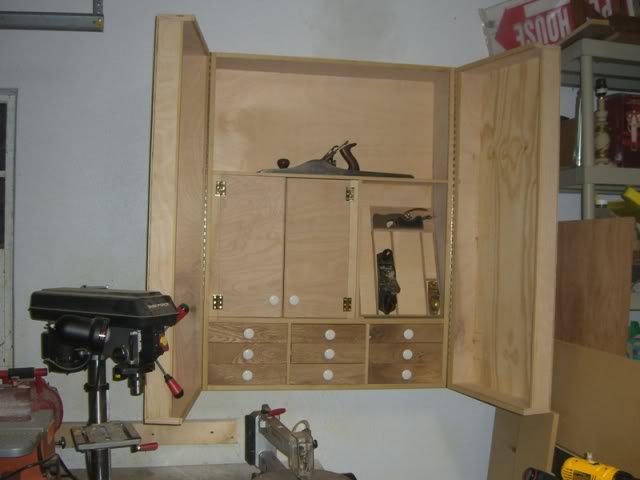
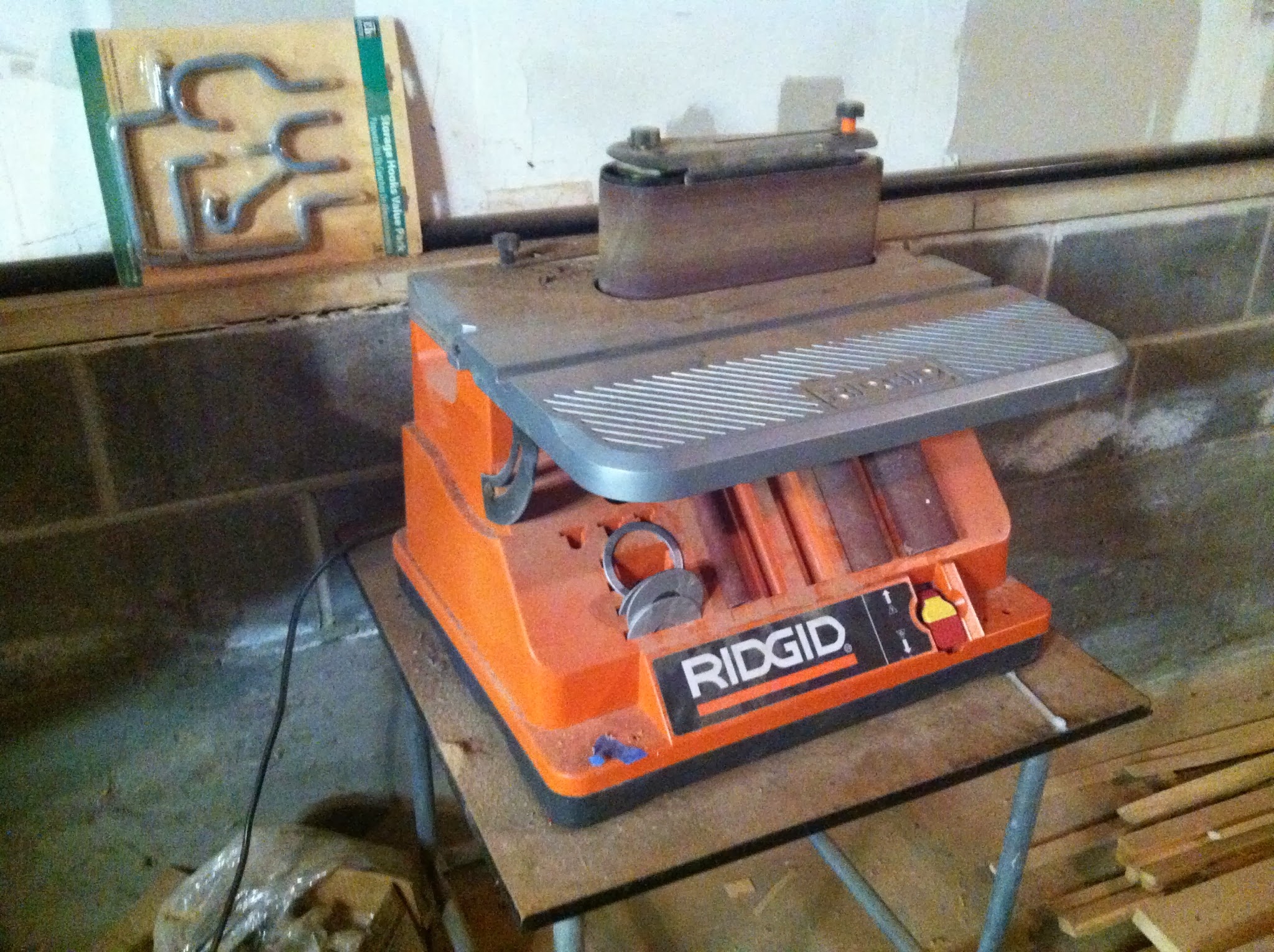
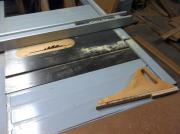

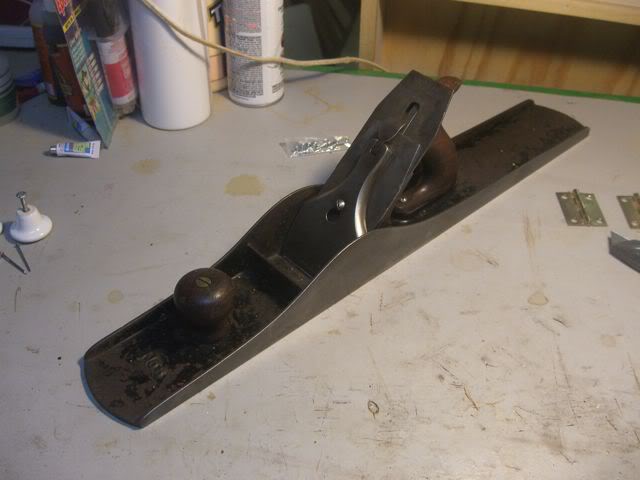

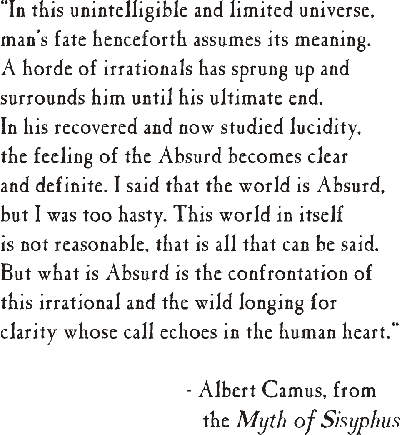
 While searching for a comparitive analysis between the features of the various versions of the desktop database application Microsoft Access, I was presented with an odd 13 minute long ad from Cisco on their new product supporting Big Data. Now, while I don't really understand what the product they were pitching actually WAS, I did key on one word in the presentation that I've heard more and more recently . . . 'Hadoop'.
While searching for a comparitive analysis between the features of the various versions of the desktop database application Microsoft Access, I was presented with an odd 13 minute long ad from Cisco on their new product supporting Big Data. Now, while I don't really understand what the product they were pitching actually WAS, I did key on one word in the presentation that I've heard more and more recently . . . 'Hadoop'. 